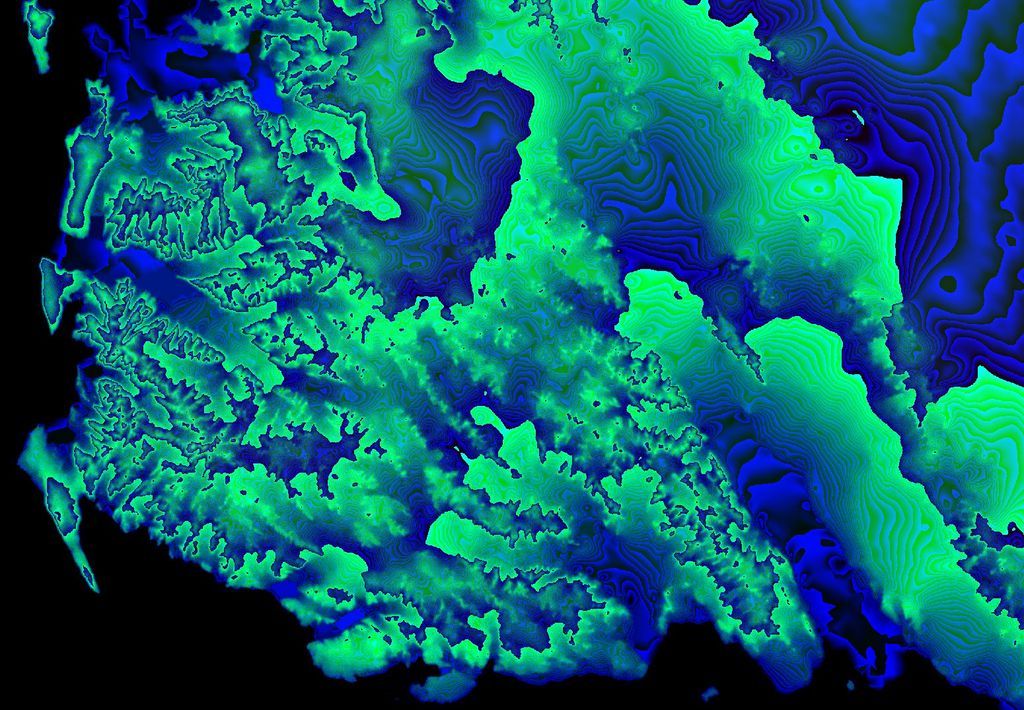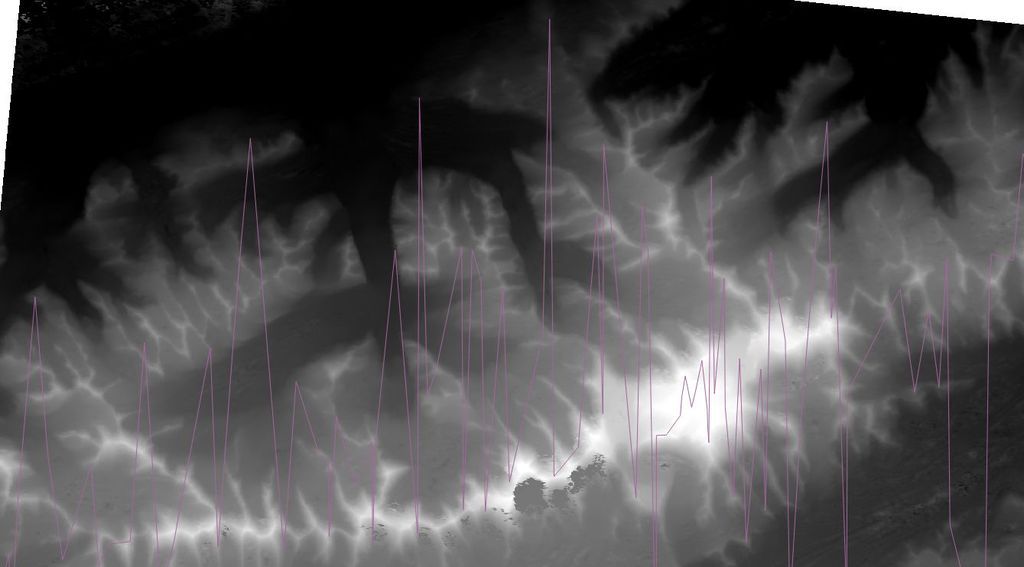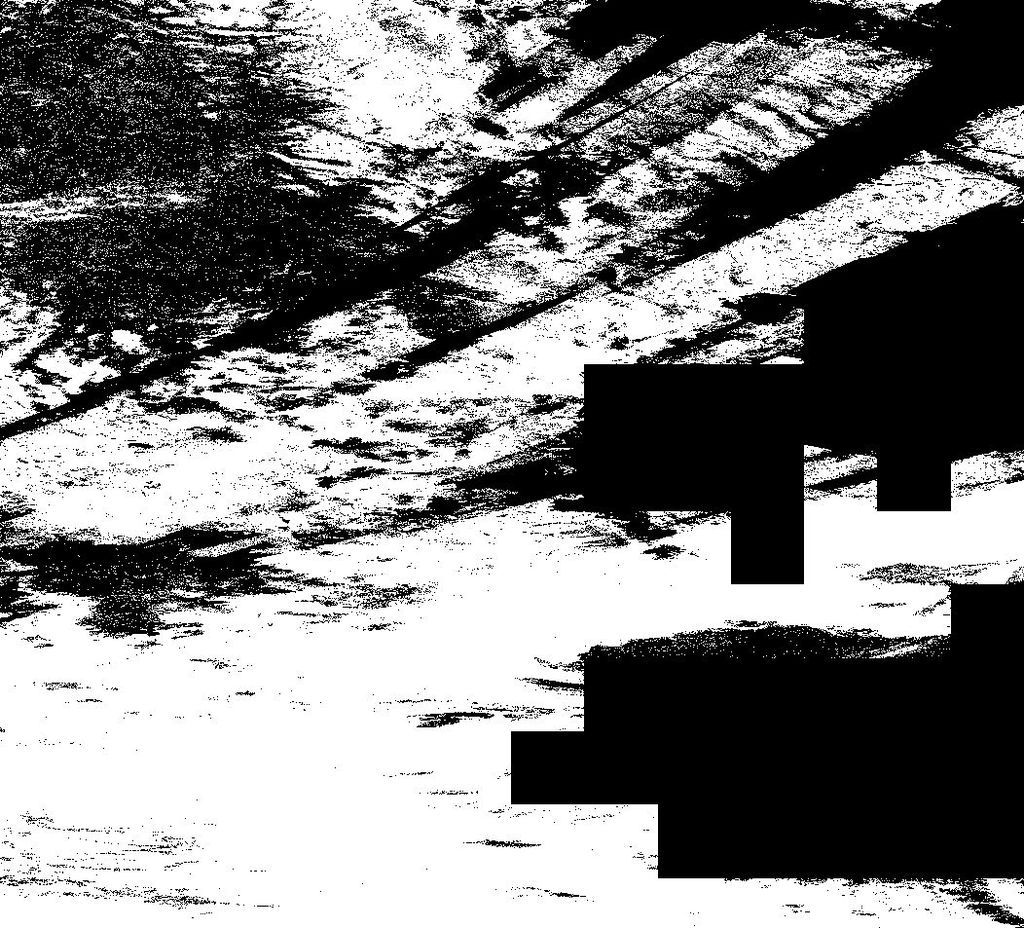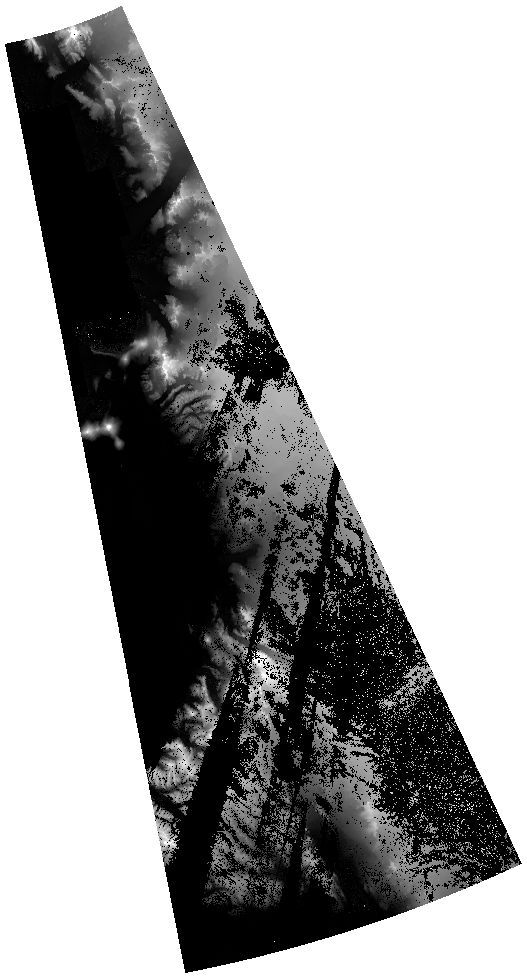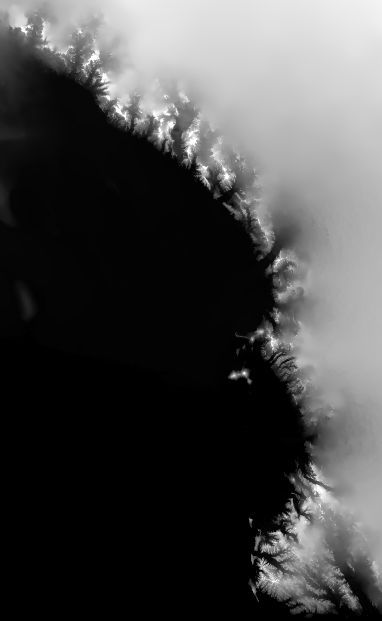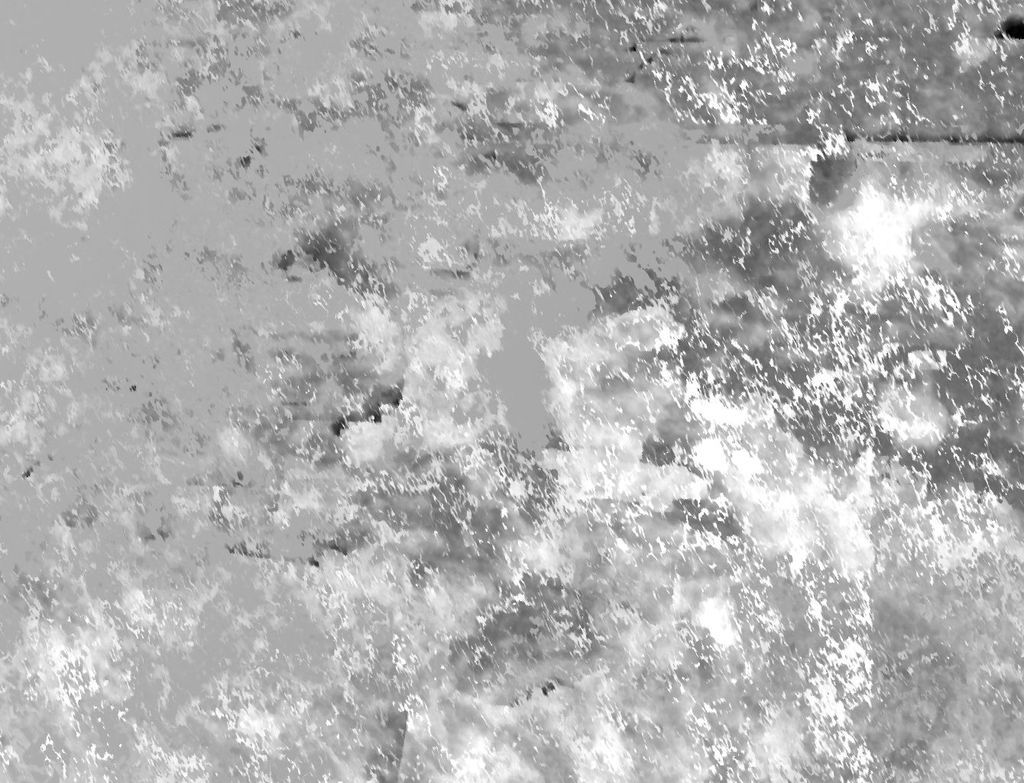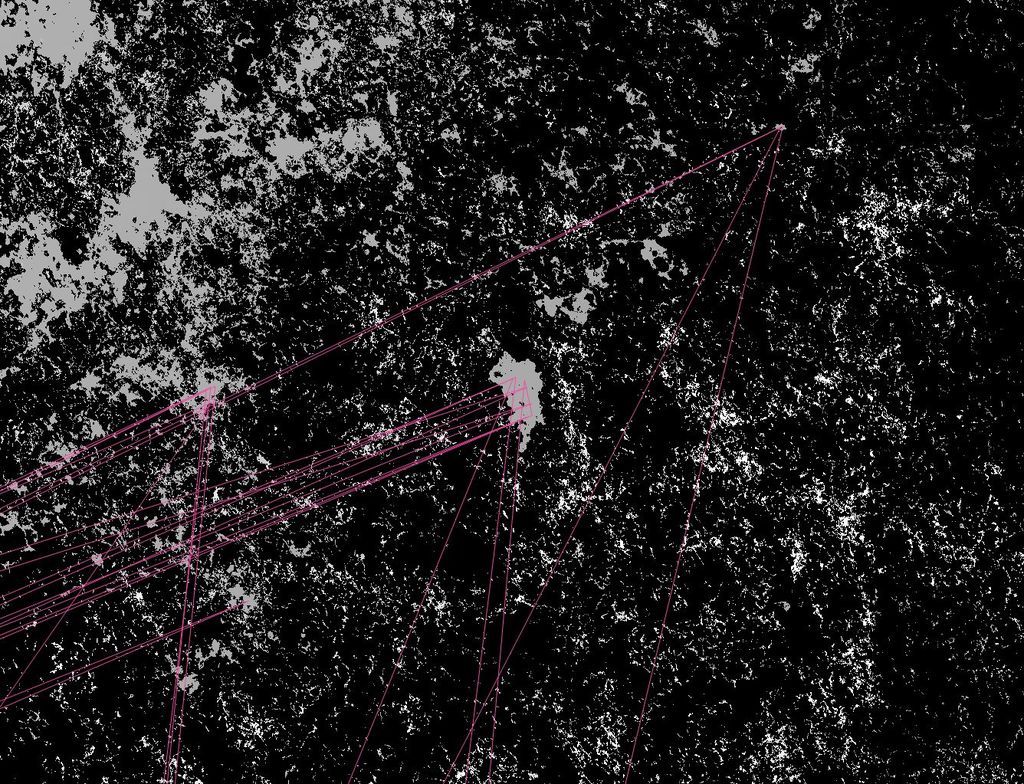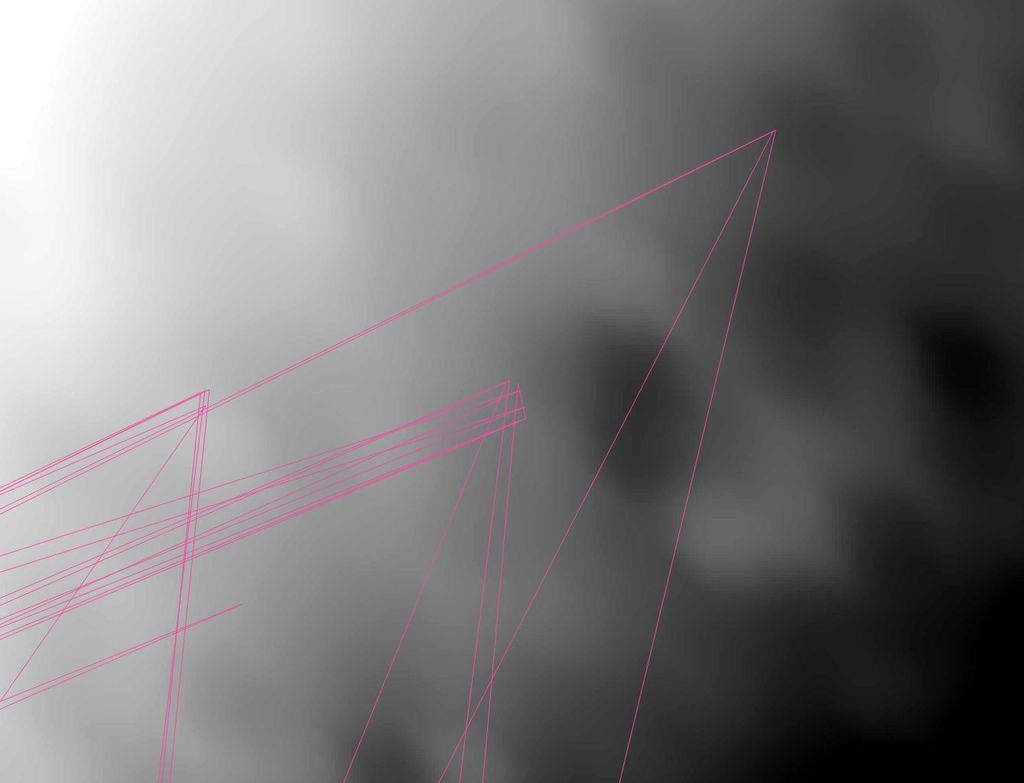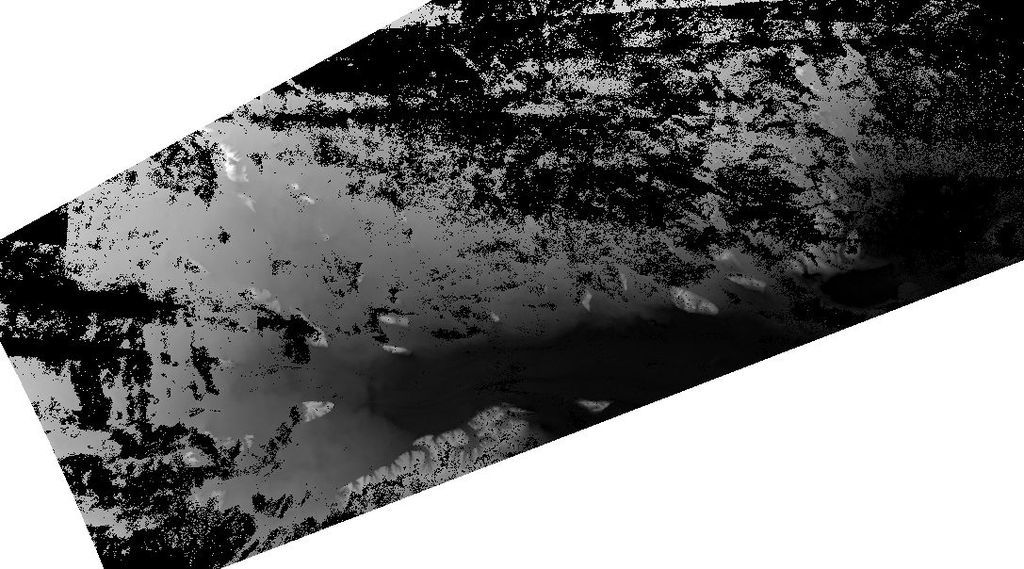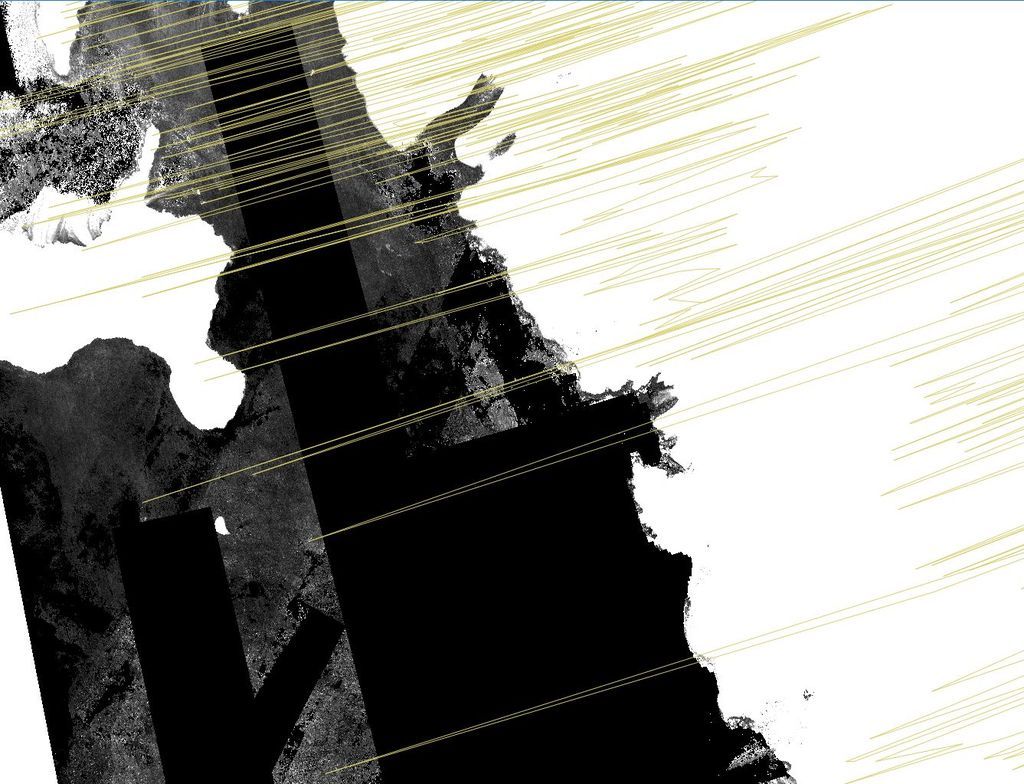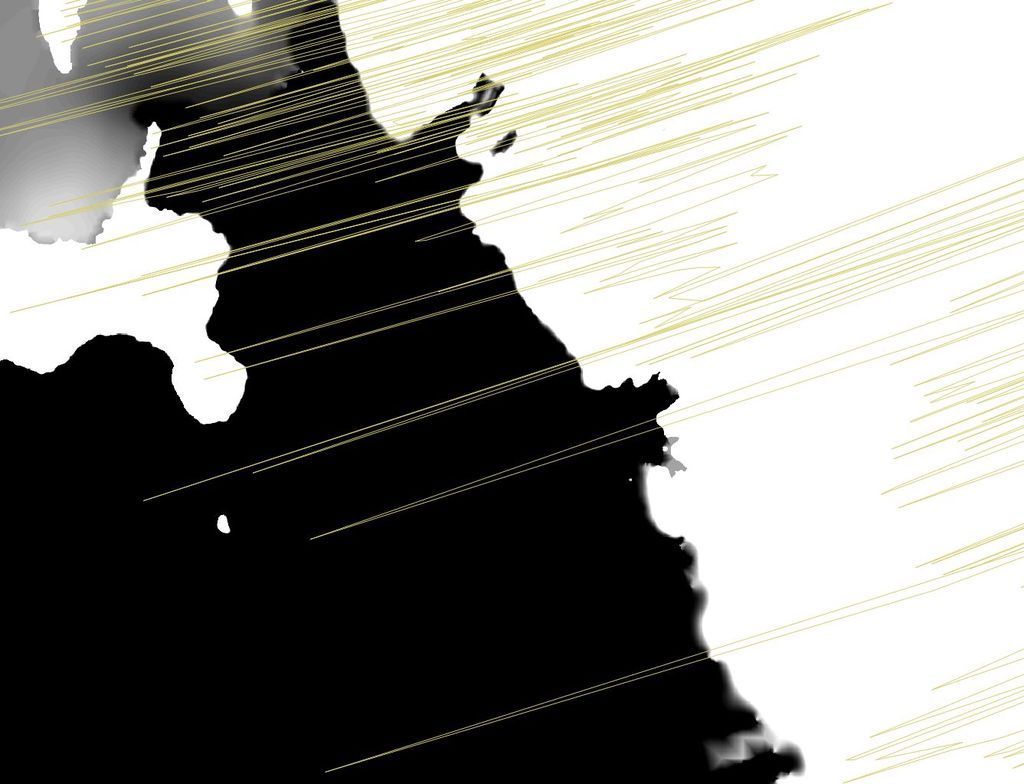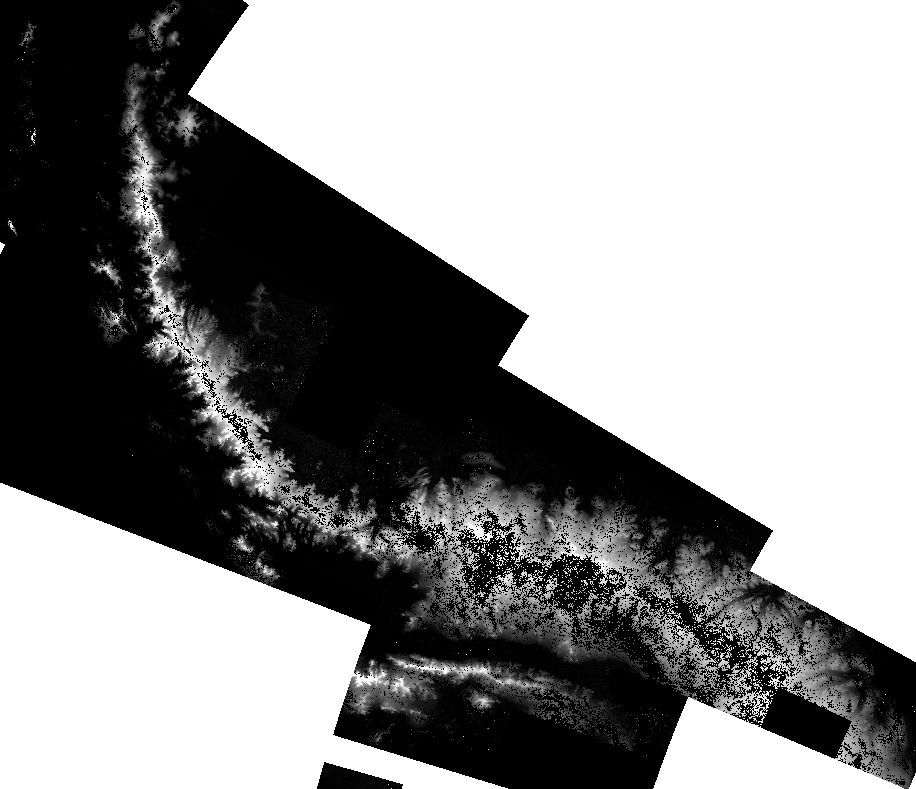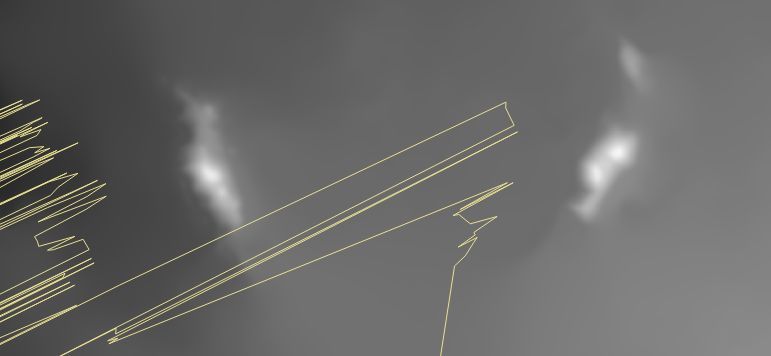> These geographic variations were resolved in 1993 when two satellites were launched that use radar to measure the level of the ocean very precisely from space. This high-tech approach eliminates the problems of land motion on Earth and has given us a new global sea-level rise rate over the past 22 years of 3.2 millimeters per year, the equivalent of 12 inches per century.
As I mentioned above. These GOCE results need to be modified to take account of ocean currents and wind speeds.
> Vertical datums are either: tidal, based on sea levels; gravimetric, based on a geoid; or geodetic, based on the same ellipsoid models of the Earth used for computing horizontal datums. For the purpose of measuring the height of objects on land, the usual datum used is mean sea level (MSL). This is a tidal datum which is described as the arithmetic mean of the hourly water elevation taken over a specific 19 years cycle. This will not remove the effects of local gravity strength, and so the height of MSL, relative to a geodetic datum, will vary around the world, and even around one country. Countries tend to choose the mean sea level at one specific point to be used as the standard “sea level” for all mapping and surveying in that country. Zero elevation as defined by one country is not the same as zero elevation defined by another.
That doesn’t explain either which standard point MSL is used for measuring Mt Everest and Antarctica. And it doesn’t explain how that point is extrapolated across the country.
> NAVD
I hope they’re not using mean sea level in North America for measuring Mt Everest or Antarctica.
> The UK’s Mean Sea Level is based on 1915 to 1921 at a specific coastal location in Cornwall.
Well, that’s not very useful.
> GPS base height measurements on an ellipsoid of the entire Earth.
As I said above, that can be out by 67 metres if not more. PS, I wondering several years ago why GPS measurements of coastal points in northern Australia were giving negative results.
> TOPEX/Poseidon in 1992, Jason in 2001, Jason 2 in 2008.
Yes, but are they used or are we still using measurements from 100 years ago?
> WGS84 an ellipsoid from 1984. Can be out by 100 metres.
Yes, I mentioned that. 100 > 67 tick.
> geoid-based vertical datum such as NAVD88
Has been superseded, except possibly in North America.
In summary, the links provided by Tau.Neutrino mainly complicate matters. They don’t really resolve what is currently used for Everest or Antarctica. They don’t clarify whether what is used is based on a single point calculated 100 years ago or whether what is used is based on the latest satellite data from 2008, or something in between.
But they do clarify heights to the extent that is is not totally wrong to specify mountain heights above sea level by extrapolating from the current mean sea level found as locally as possible.
Two links that Tau.Neutrino didn’t post are https://en.wikipedia.org/wiki/Figure_of_the_Earth
which mentions standards
ED50 European Datum 1950
SAD69 South American Datum 1969
GRS 80 Geodetic Reference System 1980
NAD83 North American Datum 1983
WGS84 World Geodetic System 1984
NAVD88 N. American Vertical Datum 1988
ETRS89 European Terrestrial Reference System 1989
GCJ-02 Chinese encrypted datum 2002
International Terrestrial Reference System
Spatial Reference System Identifier (SRID)
Universal Transverse Mercator (UTM)
Doesn’t mention OSU91A
“OSU91 is a global geopotential model produced by the Ohio State University (OSU).”
Semi-major axis 6378136.3 metres
Inverse flattening 298.257223563
Do I take that to mean that the polar axis is 6378136.3 * (1-1/298.257223563) ?
If so, then I can use that in converting (x,y) to latitude and longitude.
Original source for OSU91A is https://ntrs.nasa.gov/archive/nasa/casi.ntrs.nasa.gov/19920004288.pdf
According to Table 14 the sea surface topography is a full geoid model, with 55 Fourier coefficients, I certainly don’t want to program that in Excel.
According to Table 16, that’s 120 Fourier coefficients. Hmm, BIG difference between geoid and ellipsoid for both. And big difference over Antarctica eg. 90 metres difference using Table 14 and 160 metres difference using Table 16.
Here we go, starting explanation of OSU91A at Table 22. Oh yuk, that’s more complicated, with a switch over from one system to another at specific angle.
A more recent one for Antarctica, more recent than OSU91 is EGM96. The difference between the two is typically 0.5 metres over the whole of the Antarctic continent, rising to 4+ metres in a small part of Norway’s territory.


